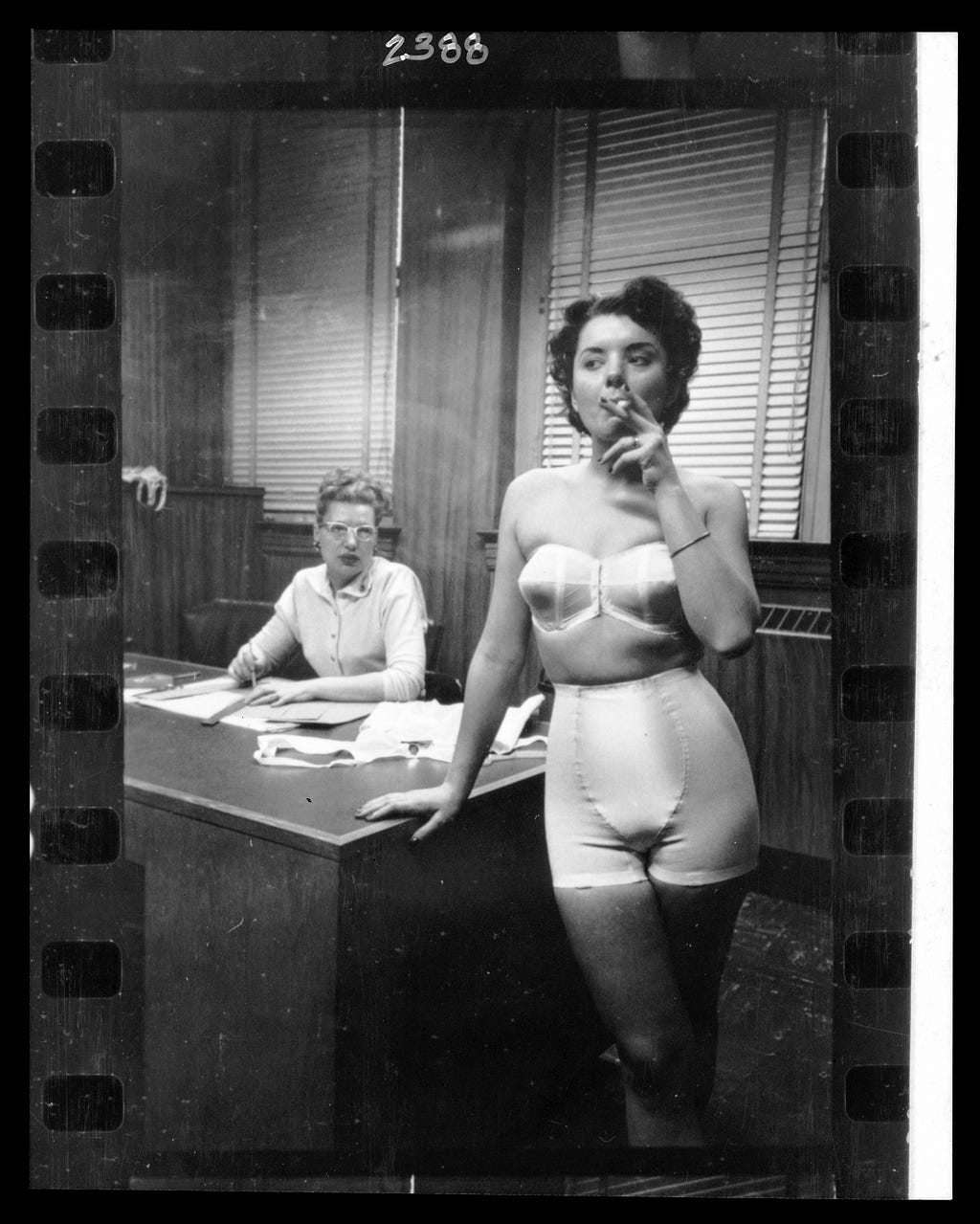
The best filmmakers are often photographers. But not every snap shooter can translate their vision to the silver screen. It takes a certain type of seeing—finely attuned to to the play of narrative and structure, character and scene—to make cinema. Still, photographs are to a feature film like rough notes are to the polished novel. But Stanley Kubrick was making moving pictures long before he could have known where it might take him.
The young Kubrick got hooked on pictures at the age of 13 when his father gifted him a Graflex camera. A precocious teenager, Kubrick would shoot photo stories in his neighborhood and at school, where he served as the official class photographer. Weegee was an early influence, and we can see the legendary Naked City photographer in Kubrick’s closeness and characters, if not his subject matter.
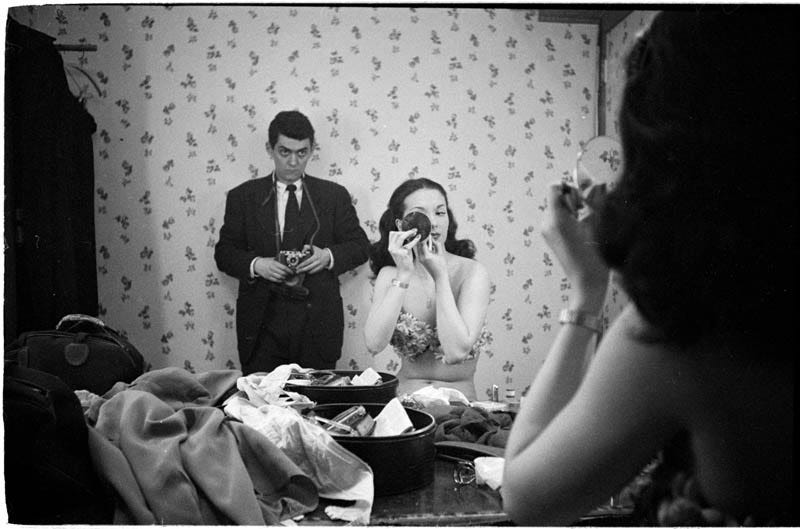
Kubrick sold his first photograph to Look in 1945, when he was just 17, and was soon shooting regularly for the oversized biweekly magazine. As a staffer Kubrick produced over 30 assignments for Look between 1946 and 1951. Subjects ranged from the banal (dentist office portraits) to the bizarre (office lingerie models) and the epic in scope. A 1948 photo essay entitled “Chicago, City of Contrasts” attempts an inclusive portrait of the city, its diverse inhabitants and industries, and anticipates photojournalism milestones like W. Eugene Smith’s “Pittsburg” series by a full decade. Kubrick was working in the golden age of picture magazines, when Americans got their news and entertainment from black-and-white photo essays splashed across multiple page spreads. There may be no better education for an aspiring filmmaker than five years of daily photojournalism. By 1953, Kubrick was ready to direct his debut feature, and five years after quitting Look, he was Hollywood bound.
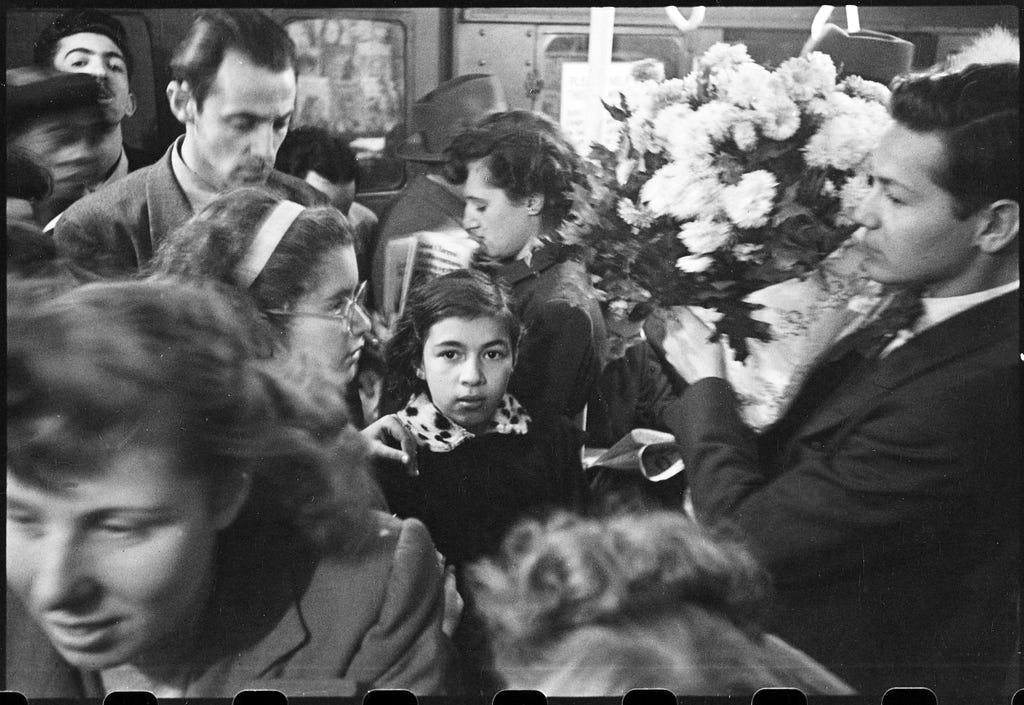
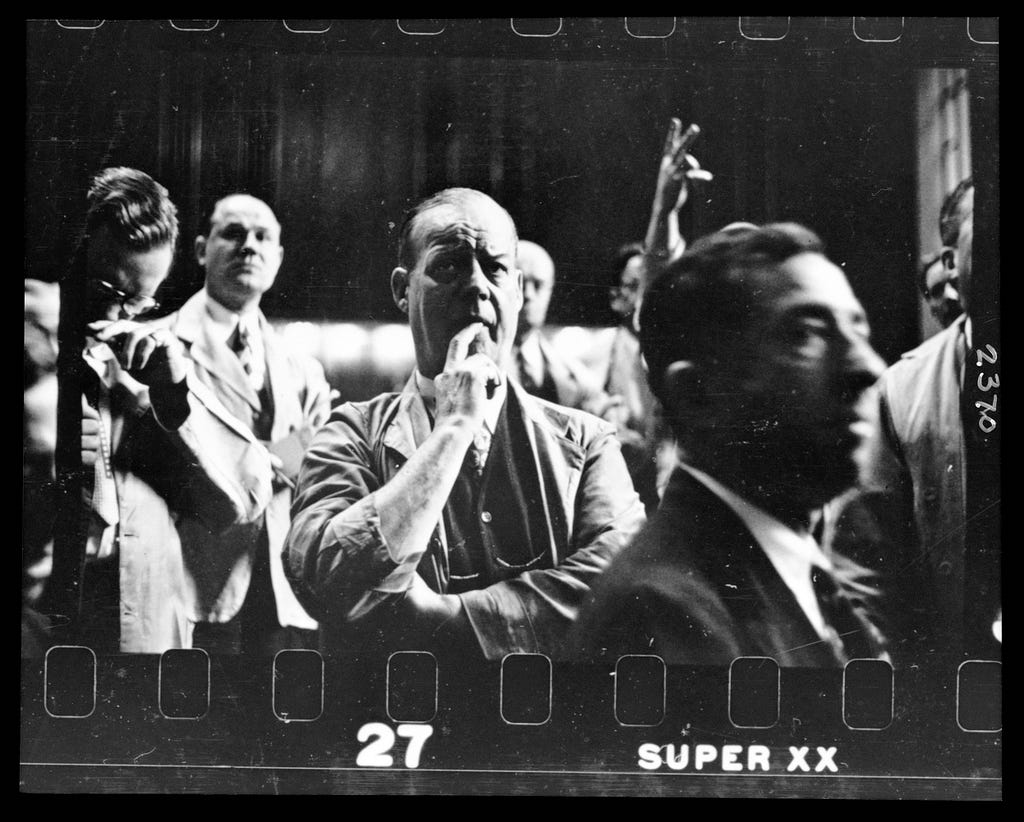
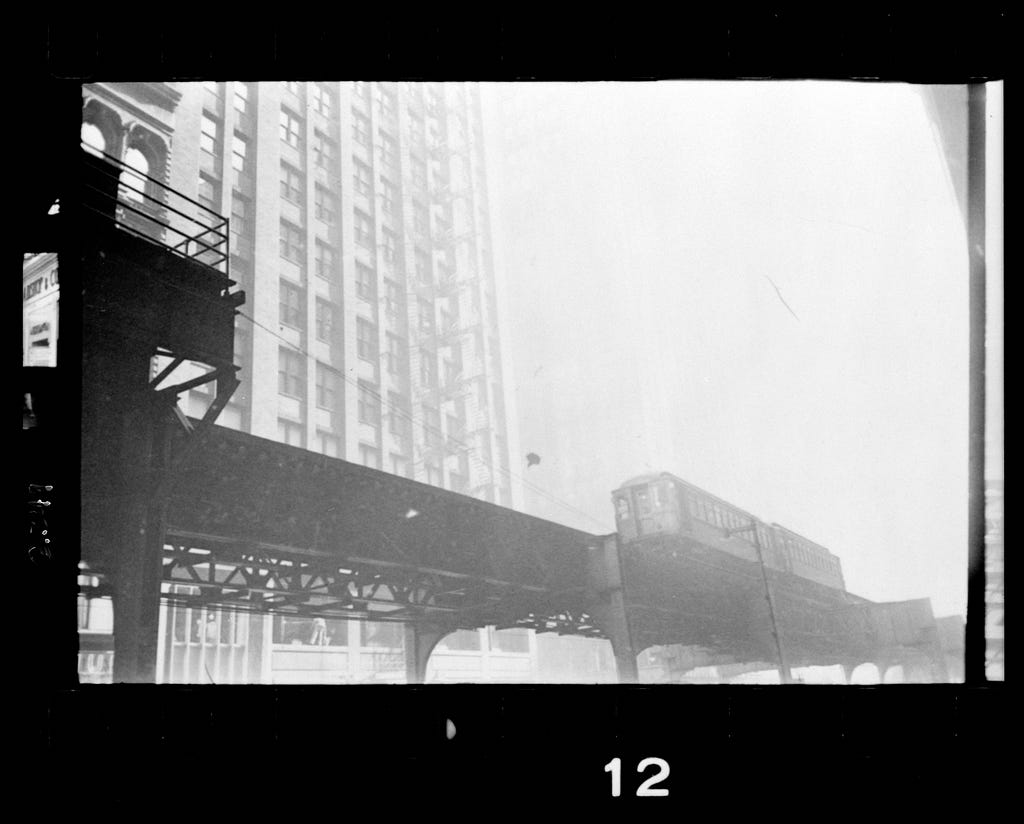
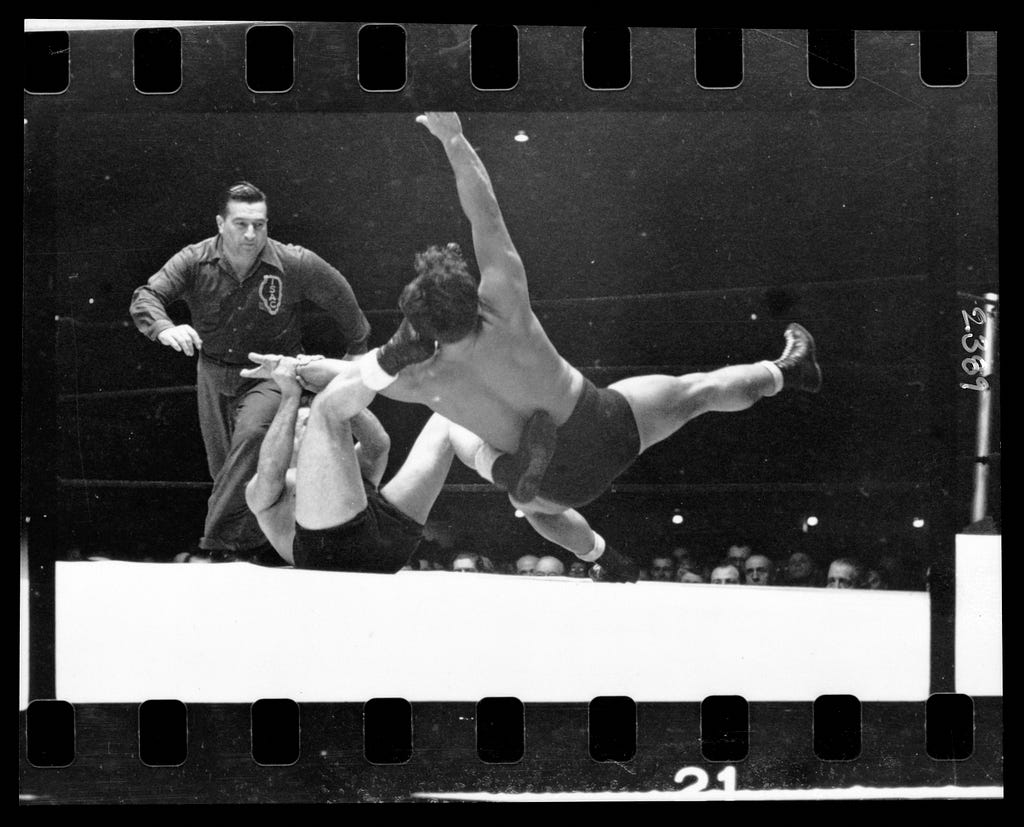
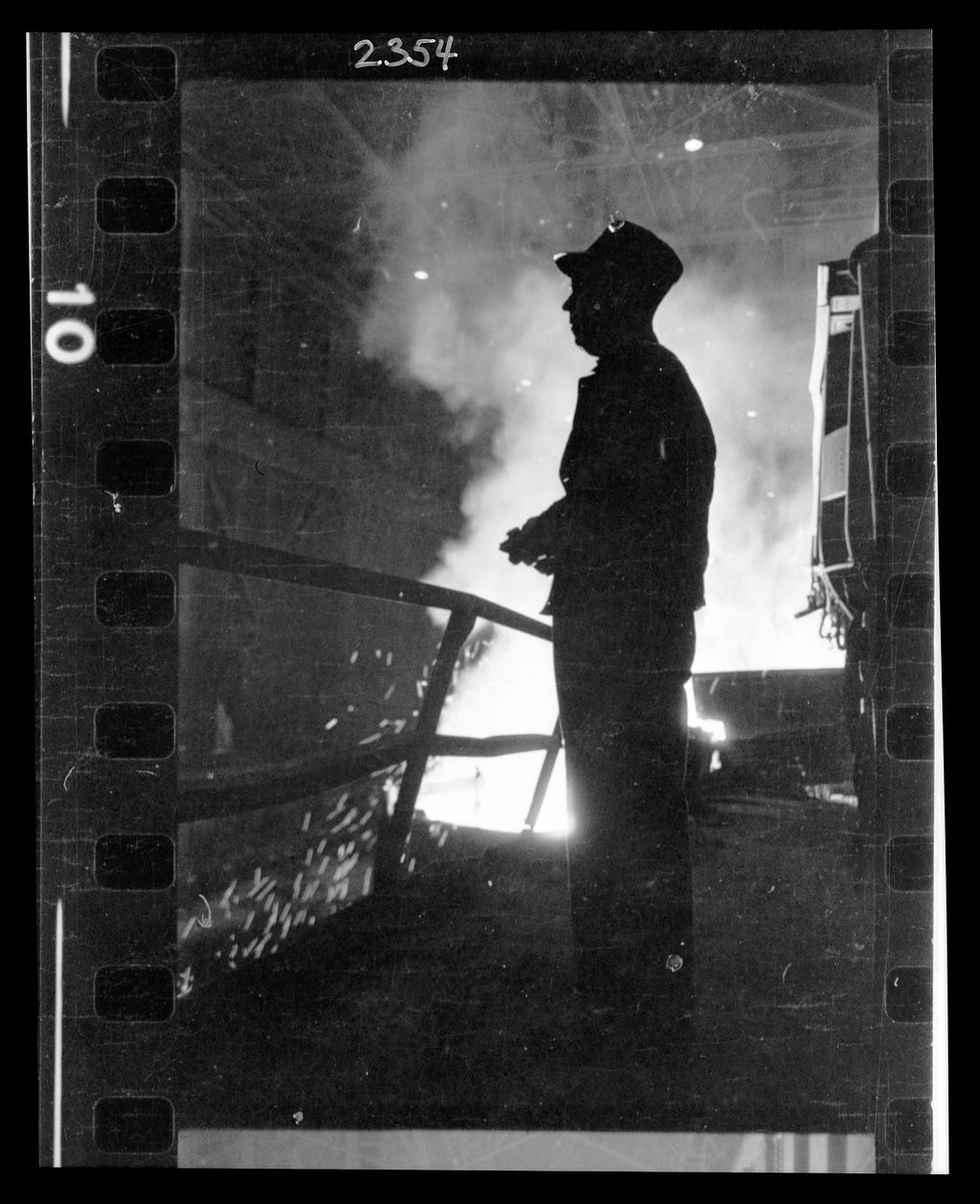
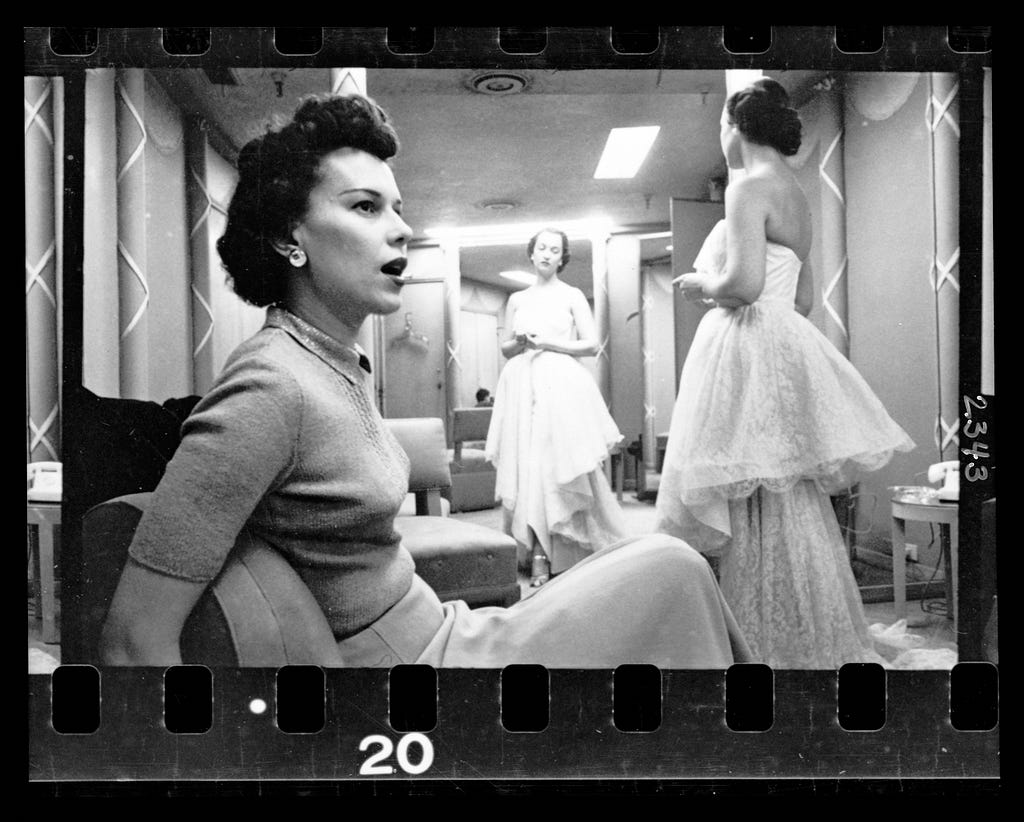
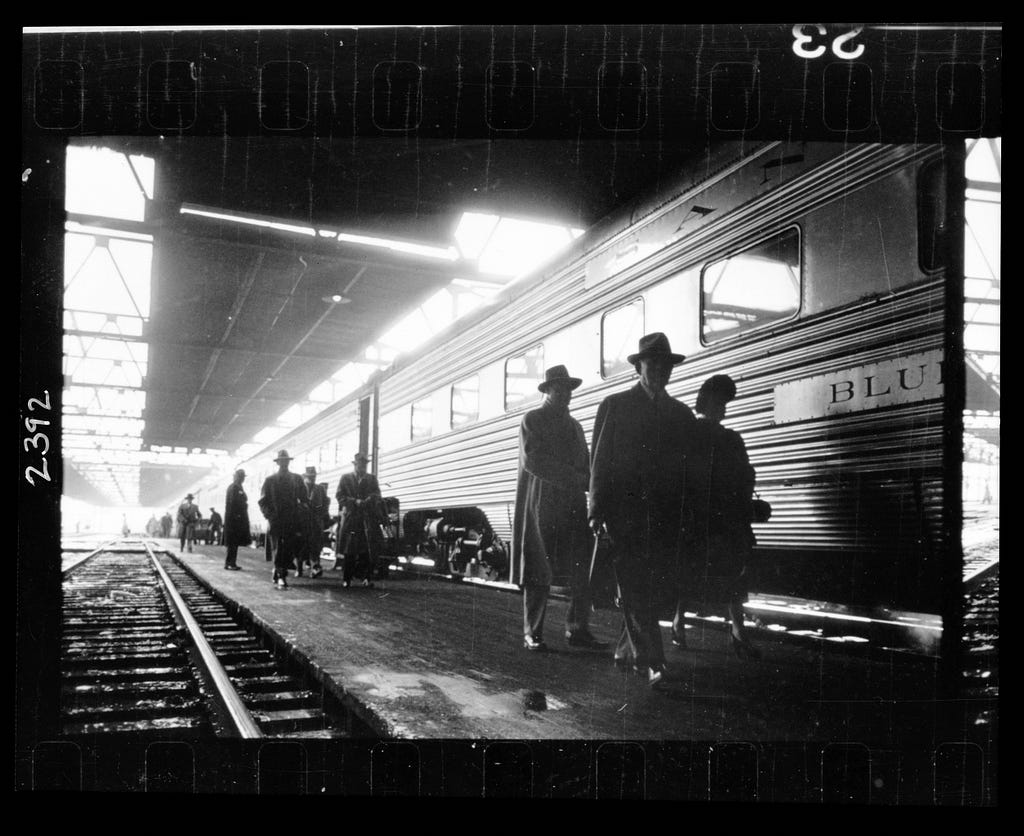
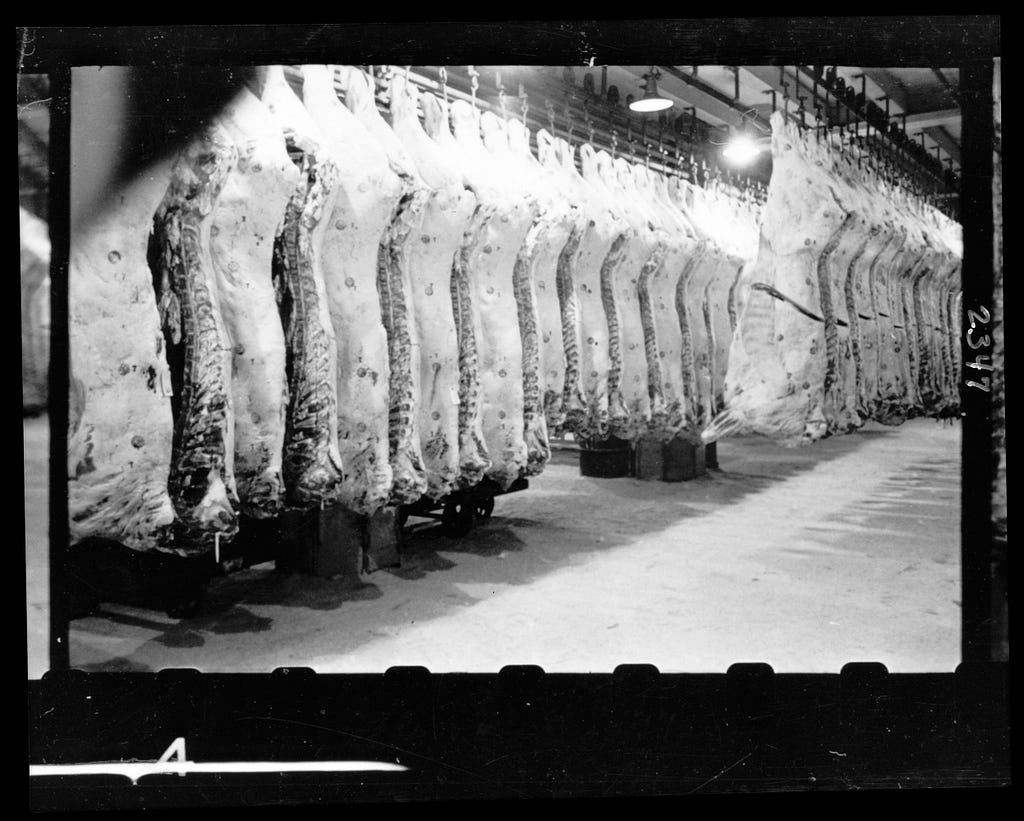
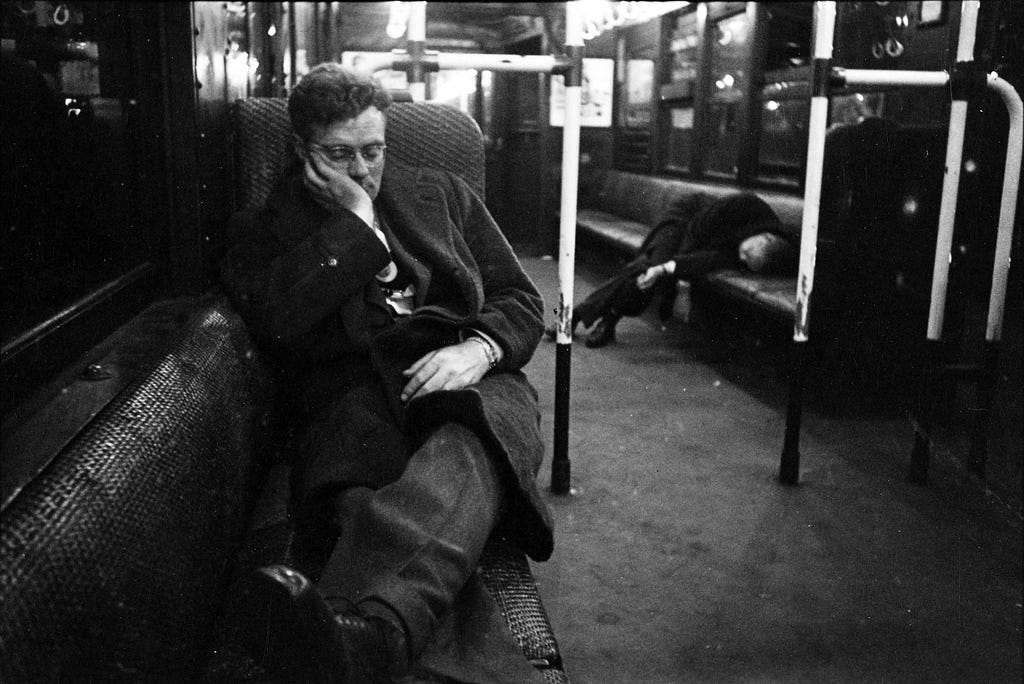
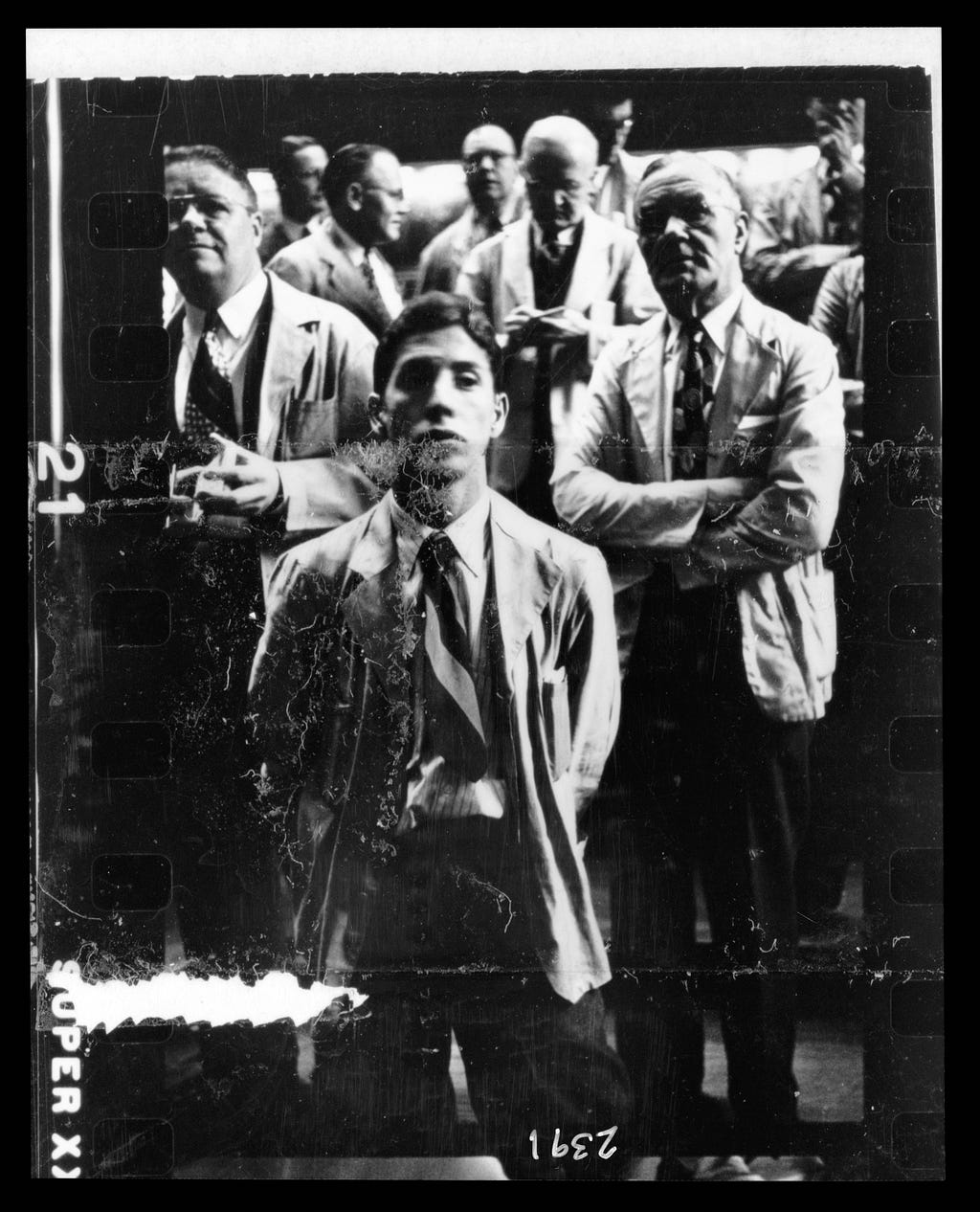
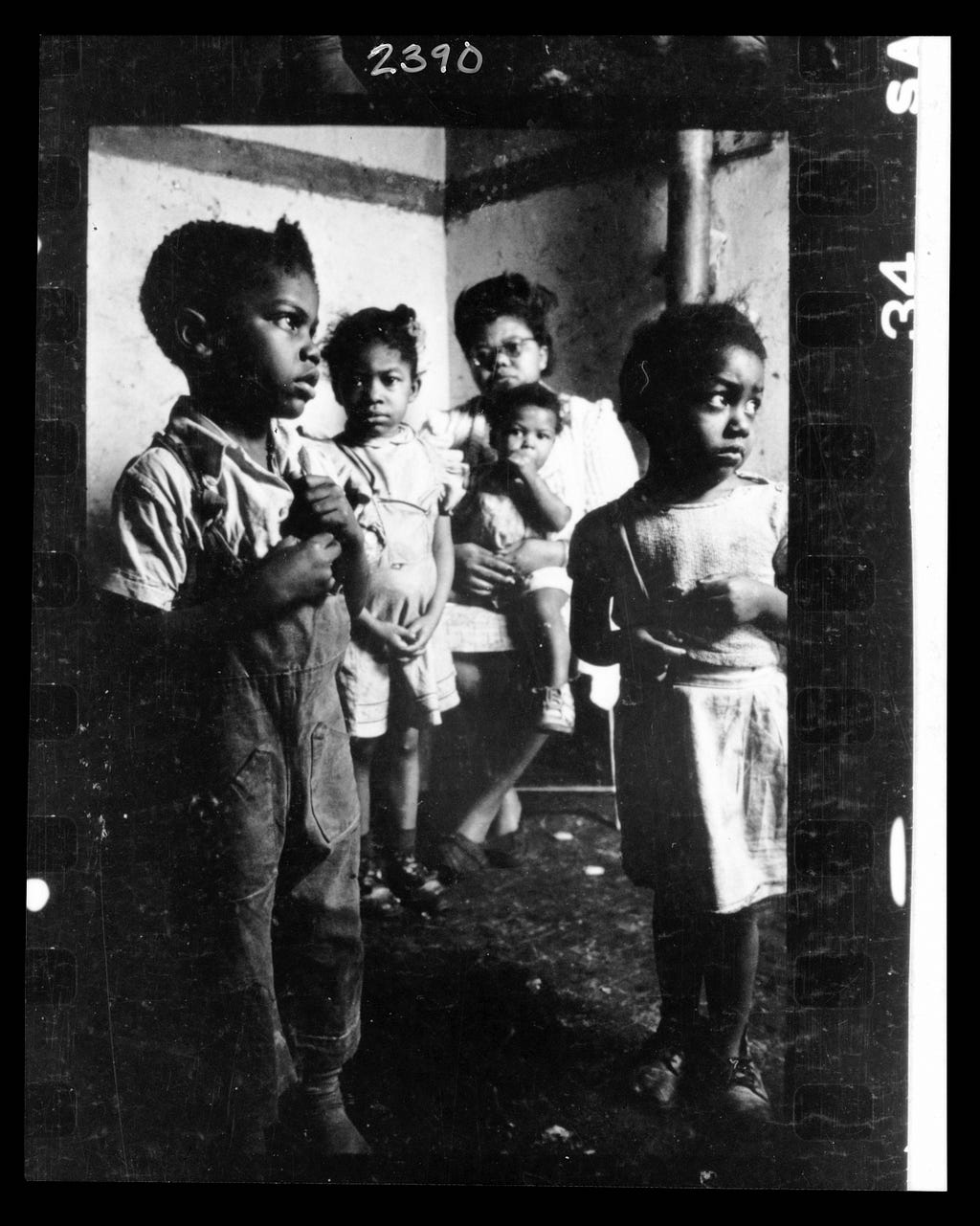
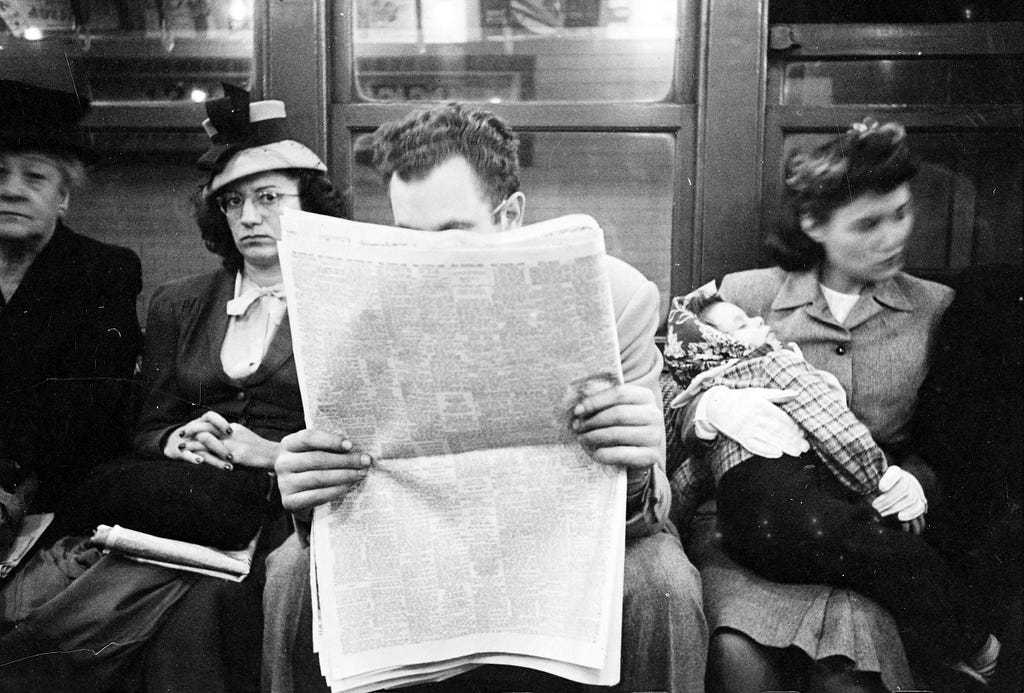
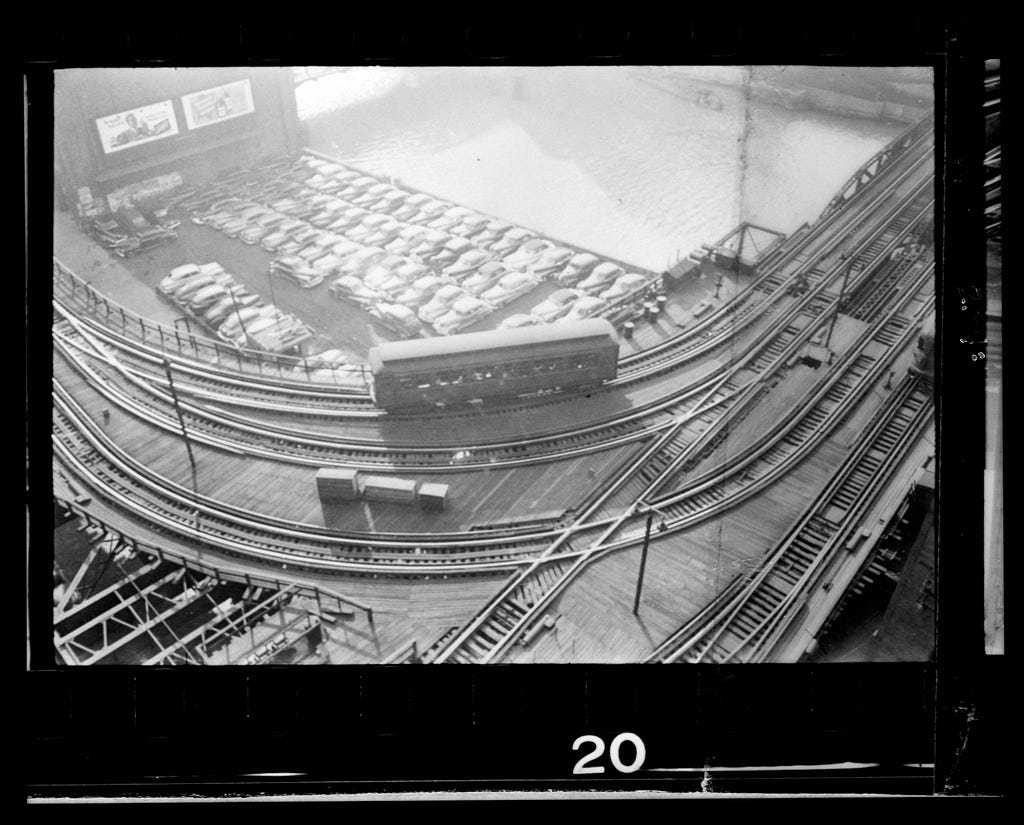
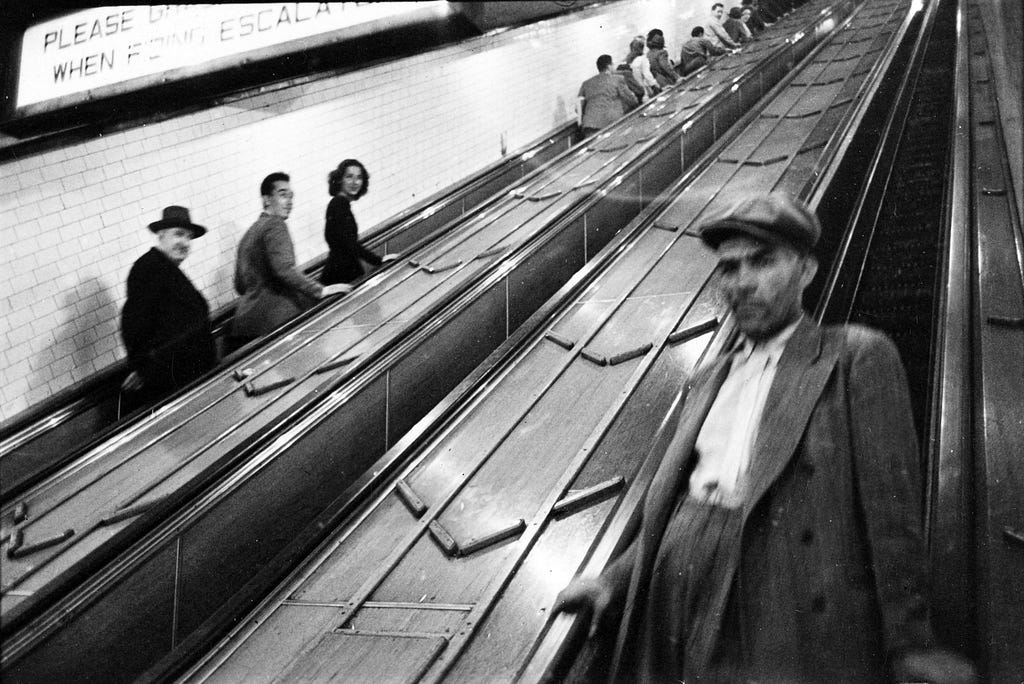
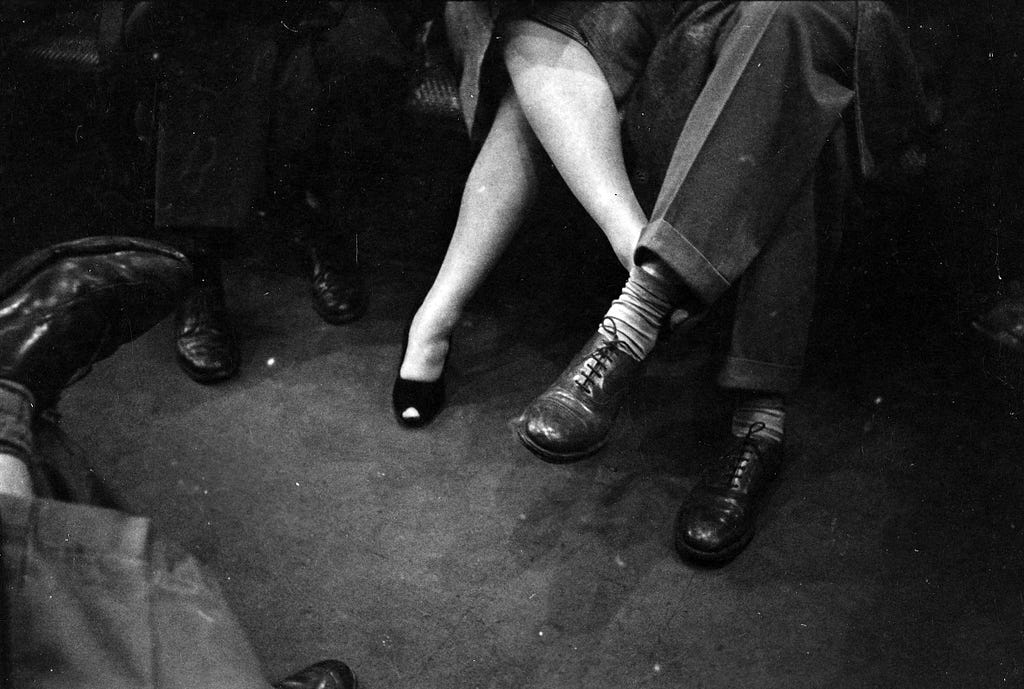
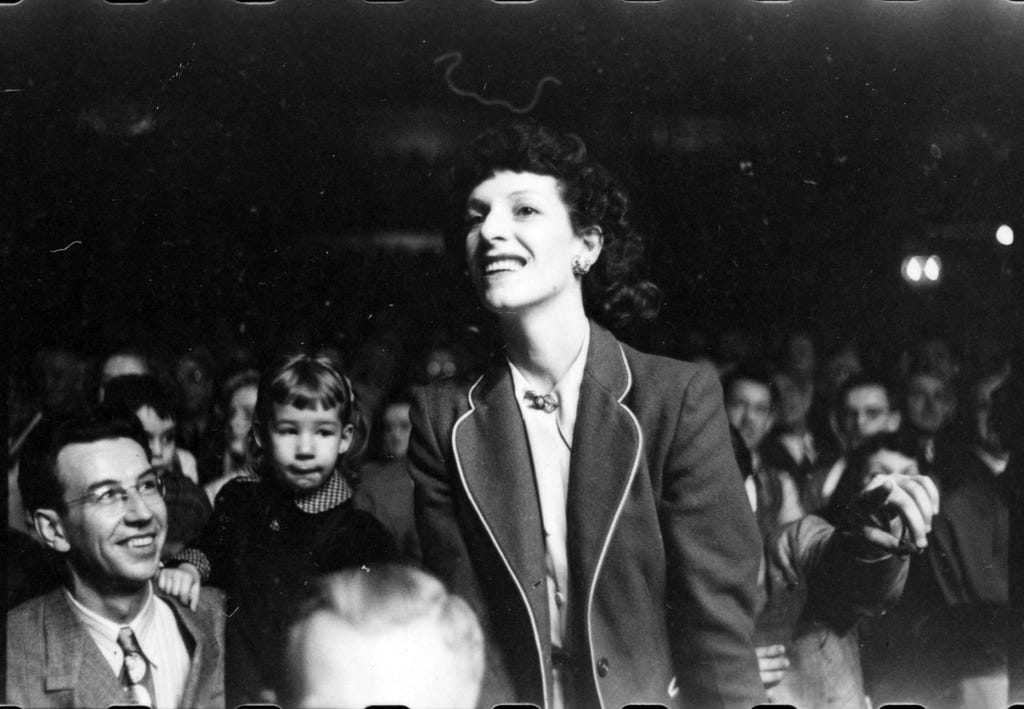
These arresting photographs by the young Stanley Kubrick show why he became a great director was originally published in Timeline on Medium, where people are continuing the conversation by highlighting and responding to this story.
Powered by WPeMatico